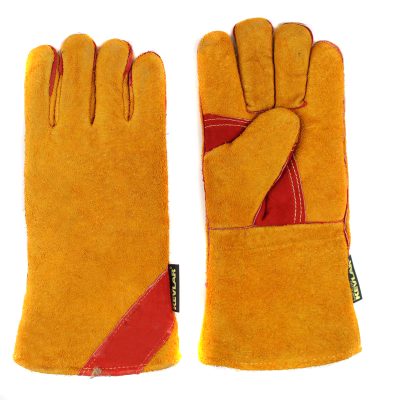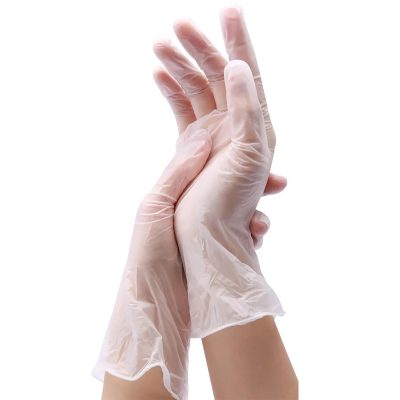Properly cleaning and caring for your gloves is essential to maintain their functionality, durability, and appearance. The specific care instructions may vary depending on the material and type of gloves you have, so be sure to check the manufacturer’s recommendations. However, here are some general tips for cleaning and caring for your gloves:
1. Leather Gloves:
- Use a soft, damp cloth to wipe away dirt and surface stains.
- For deeper cleaning, mix a mild soap or leather cleaner with water, and gently scrub the gloves using a soft brush or cloth.
- Avoid submerging leather gloves in water or using excessive moisture, as it can cause the leather to stiffen or lose shape.
- After cleaning, allow the gloves to air dry at room temperature, away from direct heat sources or sunlight.
2. Fabric and Knit Gloves:
- Most fabric and knit gloves are machine washable. Check the care label for specific washing instructions.
- To protect delicate knit or fabric materials, place the gloves in a pillowcase or laundry bag before washing.
- Use a mild detergent and wash on a gentle cycle with cold water.
- Avoid using bleach or harsh chemicals, as they can damage the fabric.
- After washing, reshape the gloves while they are still damp and lay them flat to dry. Avoid wringing or twisting the gloves.
3. Synthetic Gloves (Nitrile, Latex, Vinyl):
- Synthetic gloves, such as disposable nitrile or latex gloves, are not designed for long-term use. Discard them after use in accordance with safety regulations.
4. Waterproof Gloves:
- Waterproof gloves may require special care to maintain their waterproof properties.
- Clean them as recommended for the specific material (e.g., leather, fabric, or synthetic).
- Ensure that seams and closures are in good condition to prevent water from seeping in.
- Consider applying a waterproofing spray or wax to reseal the gloves if their waterproofing begins to deteriorate.
5. Insulated or Lined Gloves:
- Insulated or lined gloves may have removable liners. If so, remove the liners for cleaning separately.
- Follow the care instructions for the outer shell and the liners, which may have different cleaning recommendations.
6. Specialized Gloves (e.g., Cut-Resistant, Chemical-Resistant):
- Specialized gloves may have unique care instructions based on their intended use and materials. Refer to the manufacturer’s guidelines for proper care and maintenance.
7. Store Gloves Properly:
- When not in use, store your gloves in a cool, dry place away from direct sunlight.
- Avoid folding or creasing leather gloves excessively, as this can cause permanent creases and deformities.
- Hang gloves with loops or clips to help maintain their shape.
Regularly inspect your gloves for signs of wear and tear, such as holes, fraying, or deteriorating seams. Replace damaged gloves promptly to ensure your hands remain protected. Properly caring for your gloves not only extends their lifespan but also ensures they continue to provide the intended level of protection and comfort.
















